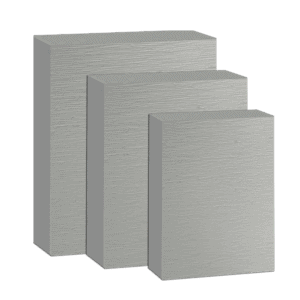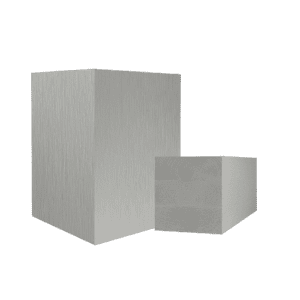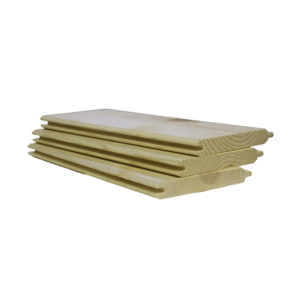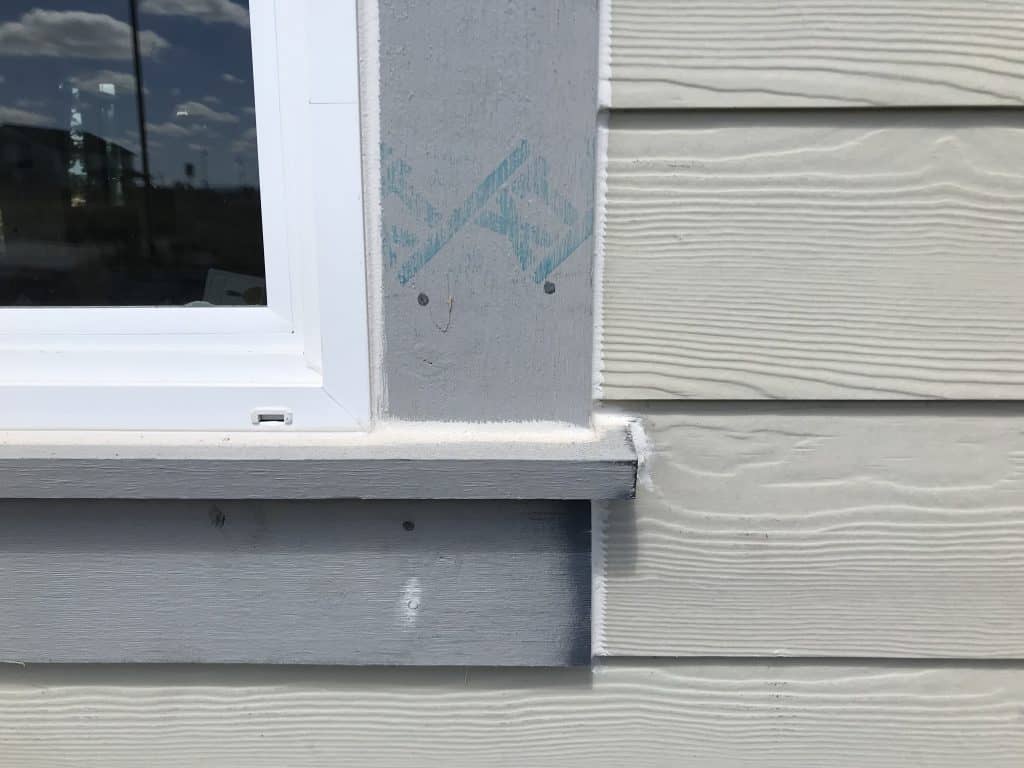Exterior window sill trim plays a big role in the looks and functions of a home . Trim is the final finishing touch on any exterior. It completes the home’s appearance and brings the entire style and design together. Trim emphasizes the design, highlights the doors, windows, and siding, and covers cut edges and gaps in the siding.
Exterior window sills bring added depth to the windows. The sill shows off the window size and shape. The trim and sill design helps the windows stand out from the rest of the exterior look.
The trim and sill also prevents moisture and insect penetration into the window’s opening. The sill is one of the first places to come into prolonged contact with moisture at the window base. Making it one of the more vulnerable parts of the window assembly. It is also the first place that begins showing signs of age. This damage will cause poor appearance of the home’s exterior.
Materials for Window Sill Trim
Window sill trim needs to be strong and durable enough to protect the window opening from moisture entry. But it also needs to coordinate with the rest of the trim in order to help create a cohesive design.
External window sill materials are available in a few different sizes and shapes. But the choice is more limited than with other exterior trim options. The demands on the external sill often requires the use of a stronger, more stable material.
Wood, vinyl, and metal material is used to make external window sills. Metal sills don’t typically match well with other types of trim. Masonry and commercial application use metal around windows and for sill material. . The most commonly use material is wood. Wood sills can definitely match the trim used on the rest of the exterior.
Cedar
Cedar is often used for exterior trim. It naturally resists moisture-related rot as well as insect activity. It can hold up well to most exterior uses.
Cedar does have a few drawbacks, however, when used on the exterior of a home. When painting the trim, cedar has a tendency to bleed natural extractives through to the surface. In turn it ends up staining and discoloring the sill surface.
Priming the cedar before installation can prevent this. But it means added expense and time for the installation. Cedar is increasingly expensive which has led many builders and installers to search for lower priced alternatives.
Pressure-Treated Wood
Pressure-treated wood is less commonly used on trim. But sometimes is used for window sill applications.
This type of wood has been placed in a pressure vacuum to pull the chemicals down into the wood fiber. This preserves the wood and makes it more resistant to wood rot.
However, pressure- treated wood has a tendency to display underlying characteristics of the wood species. Including splitting, warp, twist, and other fiber movement which can detract from its appearance.
Some pressure treated wood leaches chemicals into nearby groundwater. This situation makes it less attractive to many homeowners. Particularly those who are looking for greener construction materials.
Preservative-Treated Wood
A better alternative to both cedar and pressure-treated wood window sills is to use preservative-treated wood sills instead. Preservative-treated sills like those made by Belco Forest Products are given a non-toxic topical preservative treatment. This preservative treatment protects the wood from rot and insect activity, but is environmentally safe.
The trim is factory primed and ready for installation. Reducing both installation time and expense. Since it is a real wood trim, it also matches up beautifully with the rest of the exterior. Without the fake appearance of plastic or metal.
Get a Better Window Sill Material

Window sills are an important part of every property’s trim. Make sure that you choose a material that will complement the aesthetics while holding up well to the elements. Visit Belco Forest Products to learn more about their preservative-treated trims and how you can use them to help create better exteriors.












